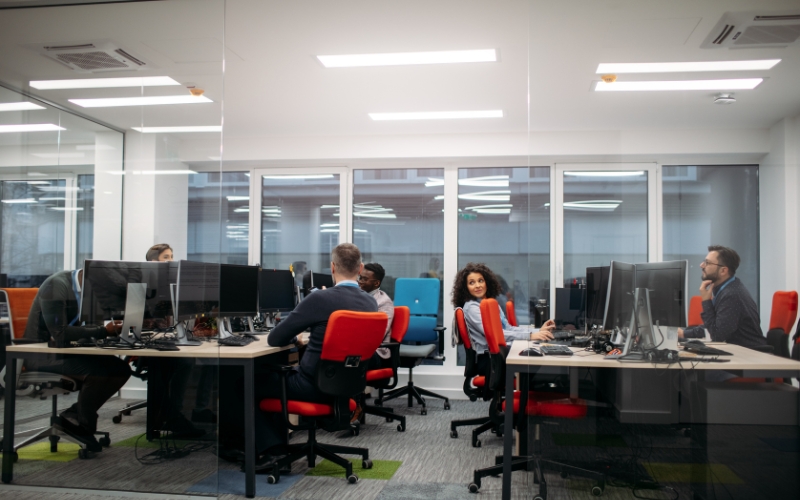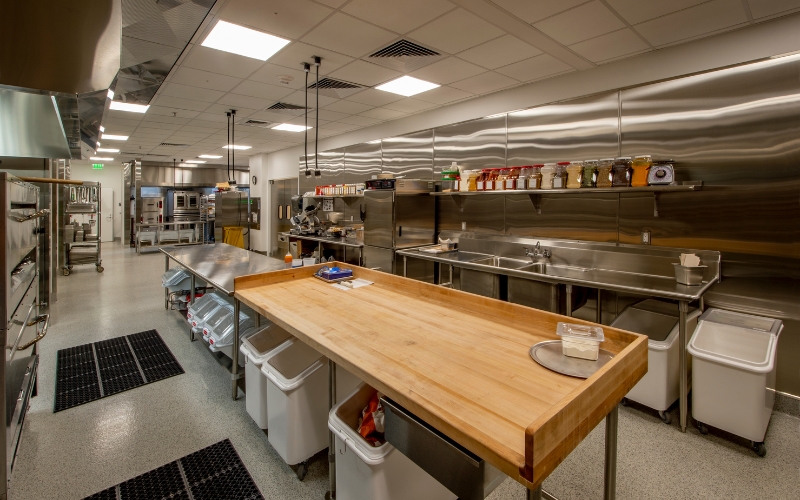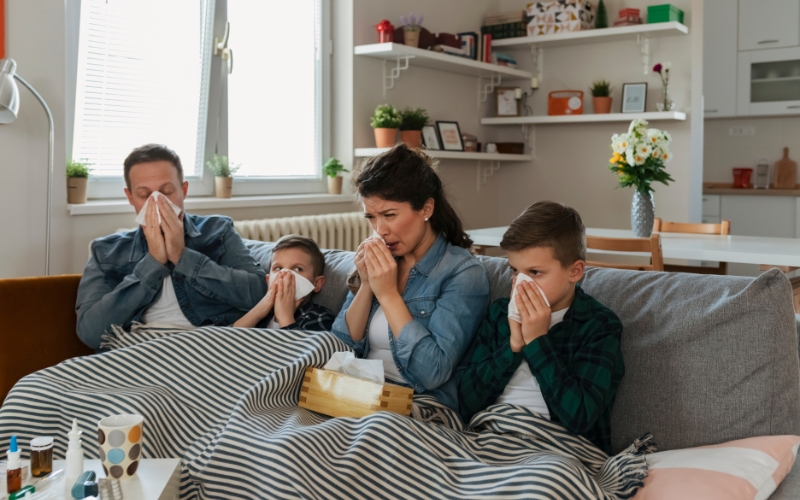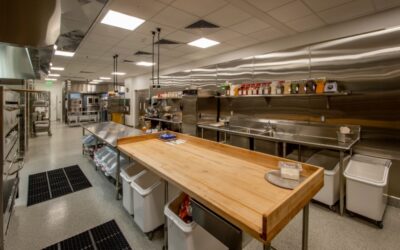It’s now been more than two years since the Biden administration launched the Clean Air in Buildings Challenge. The COVID-19 pandemic nudged it forward but is something that was necessary long before that. In the challenge, both public and private building managers were called on to improve indoor air quality (IAQ). Seems simple enough, right? 25 months (and counting) later, it remains a pivotal initiative in the quest for healthier indoor environments.
Understanding the Clean Air in Buildings Challenge
The Clean Air in Buildings Challenge aimed to address the pressing issue of indoor air quality. While many believe heading indoors takes them away from the pollution issues that face the world. But indoor air, left untreated with a purification solution, can be harmful as well.
The challenge promotes innovative solutions that enhance air purification within indoor air spaces, such as Synexis and its patented Dry Hydrogen Peroxide (DHP®). With industry leaders and experts spearheading the efforts, the challenge is still looking for more of these solutions like Synexis.
Here are the action items:
- Create an action plan for clean indoor air in your building(s). These assess IAQ, plans for upgrades and improvements, and include HVAC Inspections and maintenance
- Optimize fresh air ventilation by bringing in and circulating clean outdoor air indoors.
- Enhance air filtration and cleaning using the central HVAC system and in-room air cleaning devices.
- Get your community engaged in your action plan by communicating with building occupants to increase awareness, commitment, and participation in improving indoor air quality and health outcomes.
Addressing the Clean Air in Buildings Challenge
Many factors contribute to indoor air pollution. The factors can range from inadequate ventilation to external contaminants infiltrating indoor spaces and quite literally everything in between. Tackling these challenges requires a multifaceted approach that involves technological innovations, strategic design considerations, and proactive management practices.
The technological innovations are where Synexis comes into play. With multiple devices to help improve indoor air quality, DHP technology can work in just about any environment. The Blade, a product designed to fit directly into the ductwork, is a device that can be added to a building or built-in as the building is erected. The Sphere, the most portable device from Synexis, can cover areas of up to 1,000 sq. ft. and can be mounted on a wall or is freestanding. And the newest device, the Sentry XL, can also be mounted or sit on any surface but covers areas of up to 3,000 sq. ft. and at temperatures as low as 35° F.
These devices, used in conjunction with regular cleaning practices can allow a building to take on the Clean Air in Buildings Challenge head-on. Because this is a very important challenge. In a time when the quality of indoor environments plays such a significant role in health and well-being, this challenge is a beacon of hope. The hope is that this initiative paves the way for transformative solutions that can enhance air quality inside buildings around the world. This is a challenge that we at Synexis support wholeheartedly.
To speak with an IAQ expert from Synexis, fill out this form and we’ll be in touch as soon as possible.
To learn more about Synexis, click here.







